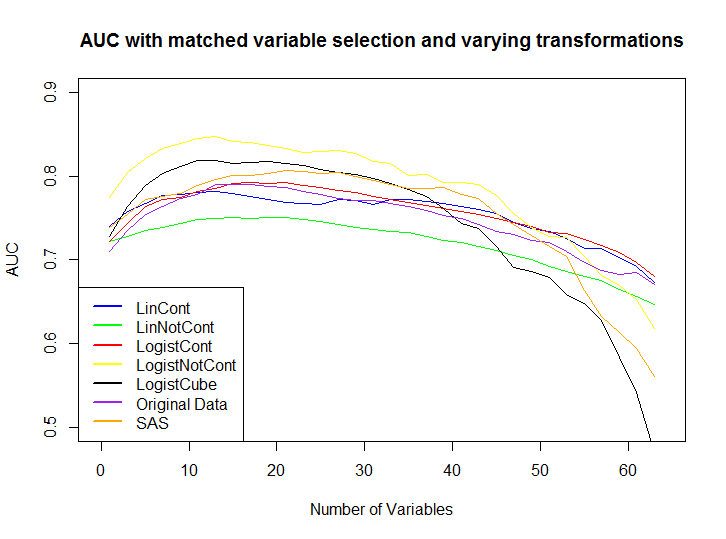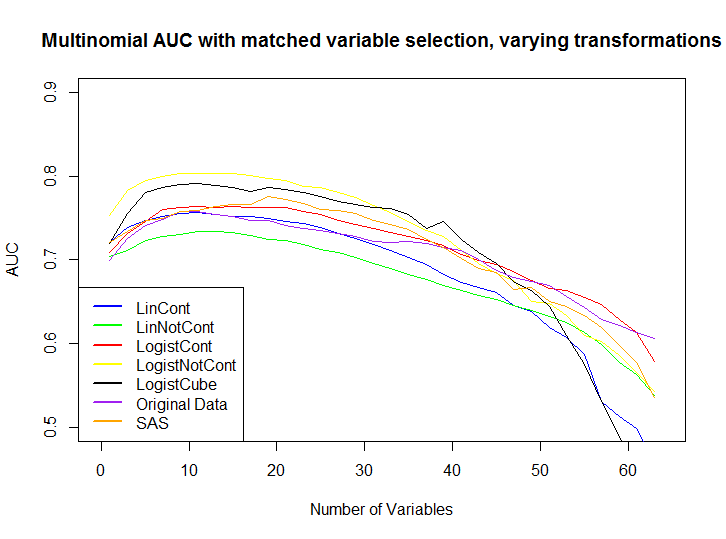| Team Members: | William Dula 1, Jason Glover2,Ari Goldbloom-Helzner 3, Kayla M. Makela4 |
| Graduate Assistant: | Qing Ji2 and Sai Popuri2 |
| Faculty Mentor: | Nagaraj K. Neerchal2 |
| Client: | Uri Tasch5 |
1 Department of Mathematics, Morehouse College
2 Department of Mathematics and Statistics, University of Maryland, Baltimore County,
3 Division of Applied Mathematics,Brown University
4 Department of Mathematics,Michigan State University
5 Department of Mechanical Engineering, University of Maryland, Baltimore County,
About the Team
William Dula is a rising super senior at Morehouse College in Atlanta, Georgia majoring in mathematics. Jason Glover is a rising sophomore at University of Maryland, Baltimore County majoring in statistics. Ari Goldbloom-Helzner is a rising sophomore at Brown University in Providence, Rhode Island double majoring in applied math and music. Kayla Makela is a rising junior at Michigan State University in East Lansing, Michigan double majoring in advanced mathematics and music and minoring in Spanish.
We worked with UMBC graduate students Qing Ji and Sai Kumar Popuri as well as faculty mentors Dr. Nagaraj Neerchal in the statistics department at UMBC and Dr. Andrew Raim from the United States Census Bureau. Our client was Dr. Uri Tasch from the department of mechanical engineering at UMBC and StepAnalysis LLC. We worked on early classification of bovine lameness using regression algorithms in R to mirror the TRANSREG procedure in SAS and using binomial and multinomial logistic regression
Problem
Throughout the dairy industry, producers struggle frequently with bovine lameness and its associated costs and losses, including expensive clinical treatment, loss of fertility, decrease in milk yield, and removal of affected cows. Our client developed a device to classify lameness using three-dimensional limb movement variable (LMV) analysis. Data collected included a lameness score and 76 LMVs relating to a cow’s gait. Previous work on the project used the TRANSREG procedure in SAS to transform the data and a binomial classification to determine whether a cow is sound or lame. The goal of our project was to transfer the code into R with regression algorithms similar to TRANSREG and to implement multinomial regression in order to add a category in between sound and lame.
Methodology
By plotting each variable transformed by the TRANSREG procedure against the original variable, we found that TRANSREG uses a piecewise linear transformation with 4 knots. To mirror this transformation, we solved for the parameters of the linear pieces. In addition to the SAS transformation, we implemented continuous and non continuous logistic and linear transformations using linear splines, as well a non continuous logistic transformation
with a cubic spline. To assess the performance of these transformations and therefore the accuracy of the model, we calculated sensitivity (the true positive rate) and specificity (the true negative rate). We plotted the Receiver Operating Characteristic Curve or more specifically, sensitivity against 1 – specificity, and calculated the area under that curve (AUC) as a final indicator of accuracy. We performed both binomial and multinomial logistic regression for each of these transformations. As the latter produces a 6-dimensional surface, we used a weighted sum to calculate AUC, where the AUC was calculated for each class individually, multiplied by the prevalence of that class in the dataset, and summed for a total AUC. We initially used forward variable selection to determine the best variables to use in the model (those that provided the highest AUC) and then moved to forward variable selection in pairs, as a variable for a right or left hind leg of a cow is assumed to be dependent on the corresponding leg.
Results
AUC’s of various transformations based on number of variables included for binomial logistic regression using paired forward variable selection:

AUC’s of various transformations based on number of variables included for multinomial logistic regression using paired forward variable selection:

Conclusions and Future Directions
Our results showed that the non continuous logistic regression transformation with linear splines produced the highest AUC, performing better than even the TRANSREG transformation. We successfully transitioned the code into R and implemented a multinomial classification. Future work on the project would include improving multinomial AUC and testing more transformations using cubic splines.
Links
William Dula,Jason Glover ,Ari Goldbloom-Helzner, Kayla M. Makela, Qing Ji, Nagaraj K. Neerchal, Sai Popuri and Uri Tasch. Detecting Bovine Lameness Using Three-Dimensional Limb Movement Variable Analysis to Achieve High Sensitivity and Specificity. Technical Report HPCF-2017-11, UMBC High Performance Computing Facility, University of Maryland, Baltimore County, 2016. Reprint in HPCF publications list
Poster presented at the Summer Undergraduate Research Fest (SURF)
Click here to view Team 2’s project
Click here to view Team 3’s project
Click here to view Team 4’s project
Click here to view Team 5’s project
Click here to view Team 6’s project